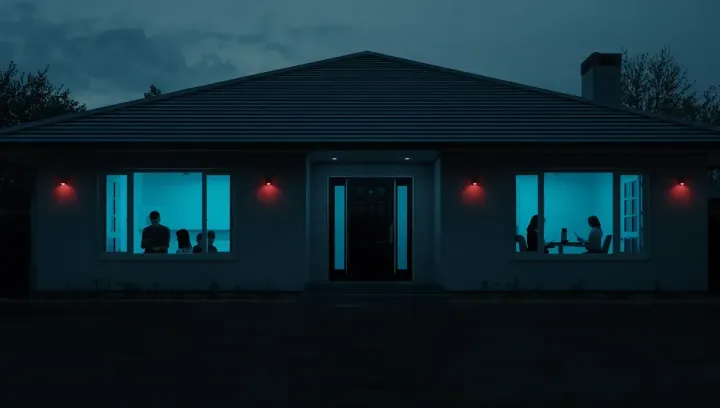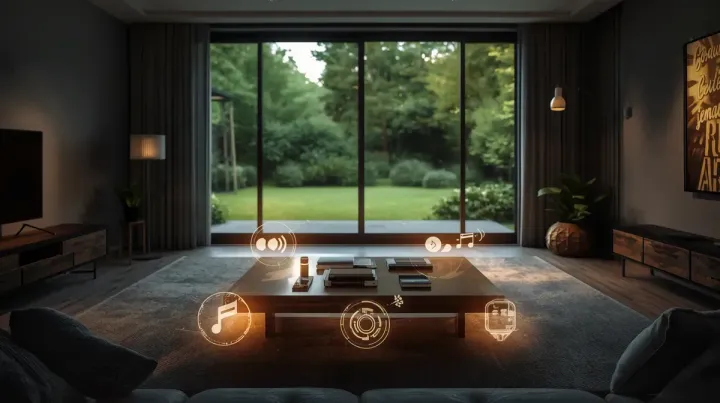
The 2025 Smart Home Isn't Just Smart, It's Essential
For years, the “smart home” has felt like a collection of expensive toys—a voice-activated speaker here, a color-changing lightbulb there. It was a novelty, a fun gimmick, but hardly essential. That entire paradigm is shifting. As we look toward 2025, the smart home is finally maturing into what it was always promised to be: an intelligent, predictive, and indispensable part of our daily lives.
I’ve been digging into the trends shaping our future living spaces, and it’s clear that the focus has moved from disjointed gadgets to a cohesive, automated environment. This isn’t just about convenience anymore; it’s about fundamental improvements to our security, efficiency, and well-being.
The Foundation: 5G and IoT
The engine driving this revolution is the powerful combination of 5G and the Internet of Things (IoT). The sluggish, unreliable connectivity that plagued early smart devices is being replaced by the lightning-fast, stable infrastructure of 5G. This isn’t just an incremental upgrade; it’s a foundational shift.
With 5G, the network of connected devices in our homes—from the doorbell to the thermostat to the security cameras—can communicate instantly and reliably. This allows for real-time data processing and control, turning our homes from reactive to proactive. Your home won’t just respond to your commands; it will start to anticipate your needs.
More Than Convenience: Security and Health
The most significant evolution is in the application of smart technology. Take home security, for example. It’s no longer just about a loud alarm. Modern systems, like those described by Daisy Smart Home Automation, leverage real-time surveillance, proactive threat detection, and intelligent alerts. Your smart doorbell doesn’t just show you who’s there; it analyzes data to detect anomalies and allows you to interact remotely, adding a profound layer of security and peace of mind.
But it goes even further. Smart homes are becoming crucial for our health. Advanced systems can monitor air quality, automatically adjusting ventilation to ensure a healthy environment. Smart lighting can mimic natural daylight patterns, which has been shown to improve sleep quality and mental well-being. These aren’t futuristic dreams; they are practical applications being deployed today that contribute to a healthier living space.
The Personalized Environment
The true magic of the 2025 smart home is personalization. Intelligent assistants are moving beyond simple commands. They are learning our habits, preferences, and routines to create truly adaptive environments.
Imagine a home that knows to dim the lights and play calming music as you wind down for the evening, or one that adjusts the temperature based on your schedule and the weather forecast, optimizing for both comfort and energy efficiency. This is the future: a home that functions as a personalized assistant, simplifying daily tasks and allowing us to focus on what truly matters.
An Essential Investment
Upgrading to a smart home is no longer just a lifestyle choice; it’s a sound investment. These modernizations are significantly increasing property values. As buyers increasingly search for technologically advanced, energy-efficient, and secure homes, these features are becoming key selling points.
The smart home is no longer a gimmick. It’s an essential upgrade for modern living, delivering tangible benefits in security, health, and efficiency. The future isn’t just knocking at the door; it’s being welcomed in by a smart, interconnected, and truly helpful home.


